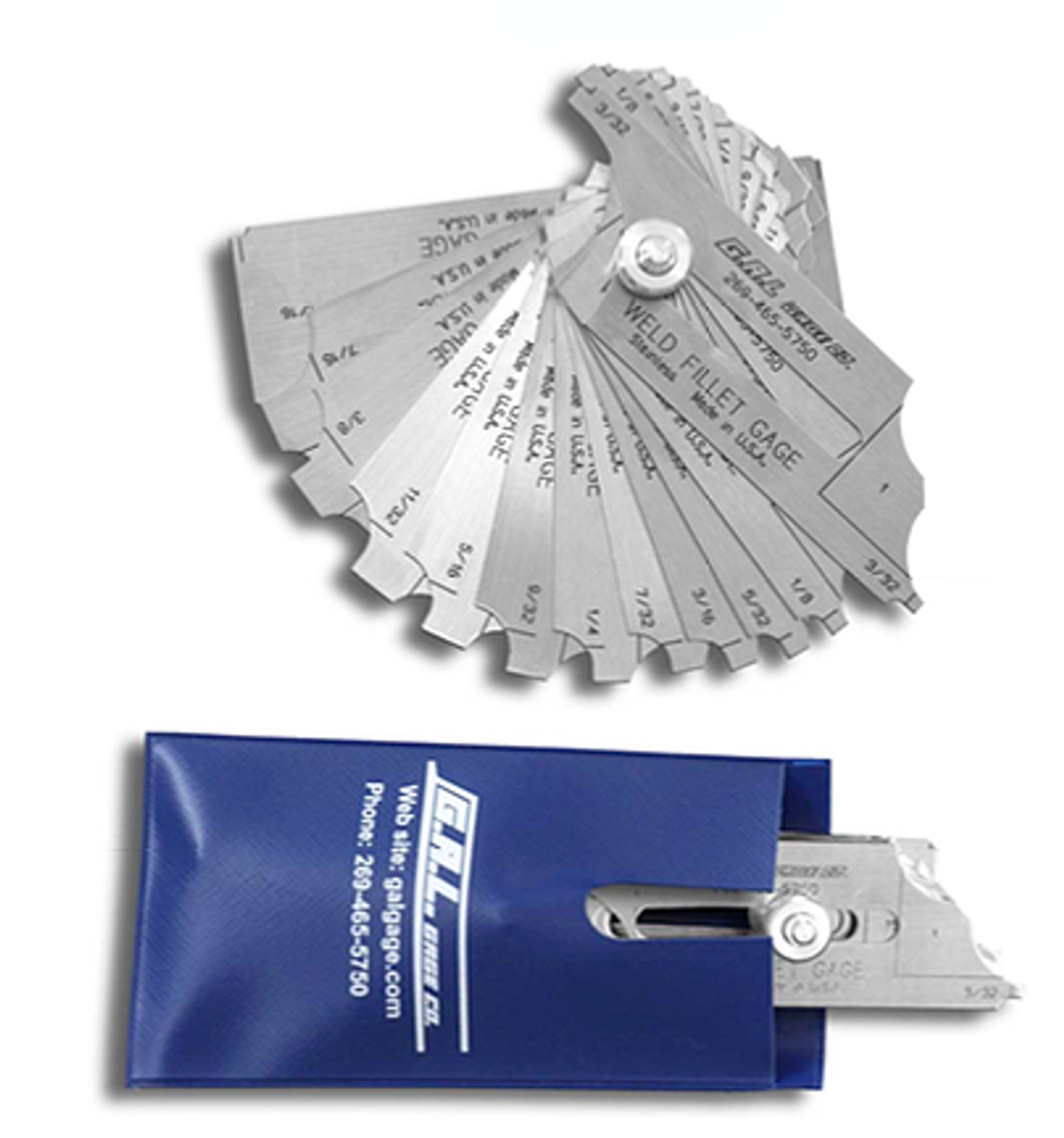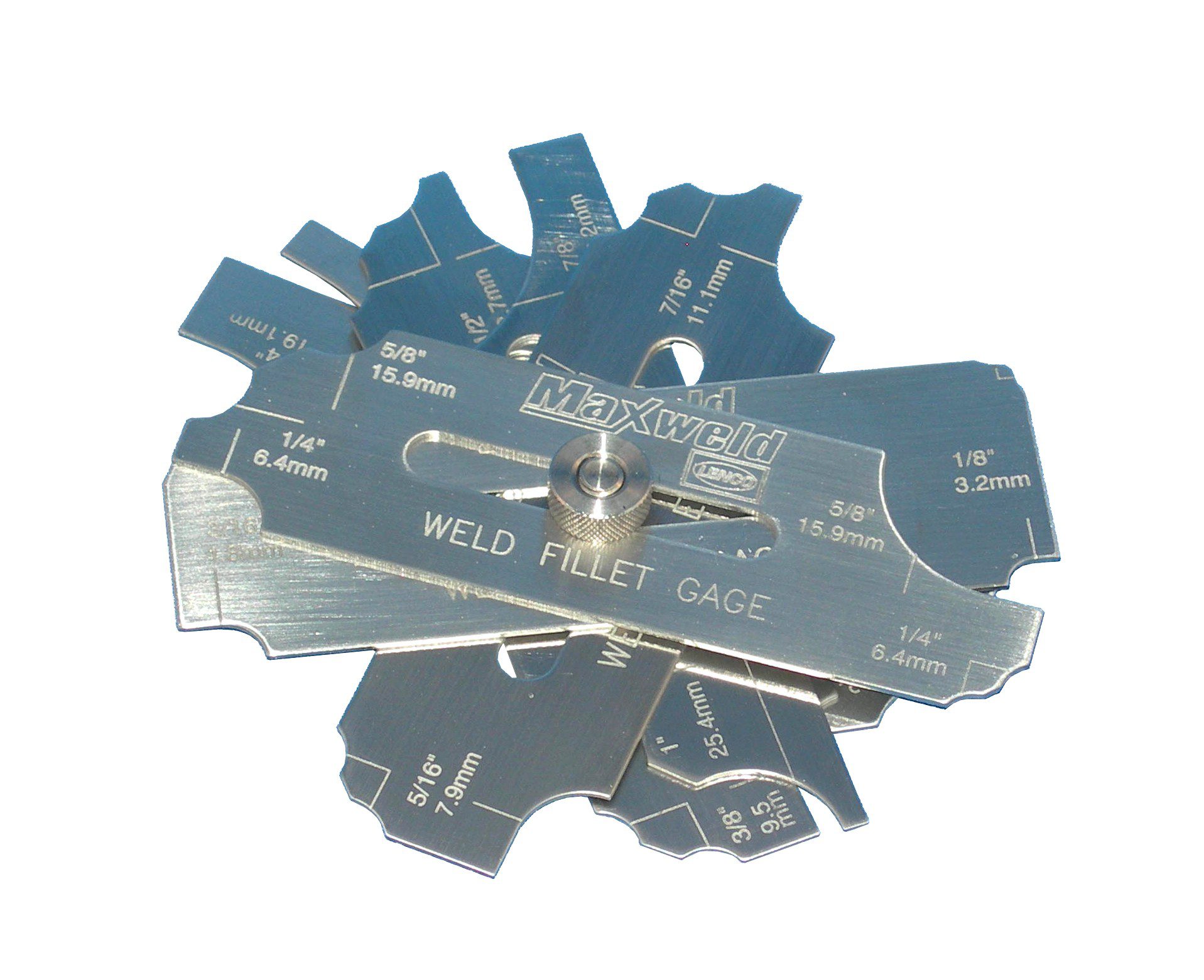How to Achieve Accuracy with Gauge Fillet Welds in Your Projects
How to Achieve Accuracy with Gauge Fillet Welds in Your Projects
Blog Article
Fillet Weld Design Techniques: Optimizing Joint Efficiency and Aesthetics for Structural Stability
In the realm of structural engineering and manufacture, the importance of fillet weld layout strategies can not be overemphasized. By carefully taking into consideration elements such as weld account optimization, product option, joint prep work strategies, welding process efficiency, and aesthetic improvement fabricators, techniques and engineers can accomplish a harmonious balance between capability and look in their bonded frameworks.
Weld Account Optimization


Accomplishing an optimum weld profile entails a careful factor to consider of variables such as material thickness, joint setup, welding position, and desired welding rate. In addition, the option of ideal welding criteria, such as voltage, present, and take a trip speed, is fundamental in managing the shape and dimensions of the fillet weld. Using innovative welding techniques, such as pulse welding or robot welding, can further refine the weld account to fulfill certain design demands and quality requirements.
Fundamentally, weld account optimization is an essential facet of fillet weld layout that straight affects the general efficiency and reliability of bonded joints in architectural applications.
Product Selection Factors To Consider
When considering product choice for fillet weld style, the compatibility of the base metals is an important factor affecting the structural integrity of the joint. It is necessary to pick products that not just bonded together efficiently however also have similar mechanical buildings to make certain the load is uniformly distributed in between the weld and the base metals. Welding products with vastly different residential or commercial properties can cause concerns such as stress and anxiety concentrations, premature joint failing, or cracking.
In addition, the setting in which the bonded framework will certainly operate should be taken right into account when selecting products. Elements like rust resistance, temperature variations, and exposure to chemicals can all impact the long life and efficiency of the weld joint. By choosing products that are suitable for the designated application and setting, the overall sturdiness and reliability of the welded joint can be considerably boosted.
For that reason, comprehensive consideration of material compatibility and environmental elements is critical in making sure the weld joint's stamina, durability, and general architectural honesty.

Joint Prep Work Strategies
Taking into consideration the vital function material option plays in ensuring the architectural integrity of fillet weld joints, it is necessary to execute exact joint preparation methods that optimize the connection in between the base metals. Joint preparation is a crucial step that directly affects the quality and strength of the weld. One essential strategy is the cleaning of base metals to remove any go to these guys impurities like rust, oil, or paint that might jeopardize the weld's integrity. This can be accomplished through approaches such as grinding, cord cleaning, or chemical cleansing.
In addition, appropriate fit-up of the joint is necessary to make certain consistent distribution of the welding material and prevent defects like incomplete penetration or extreme buildup. Beveling the edges of the base steels can produce a groove that enables much deeper weld penetration and a more powerful bond. Additionally, tack welding the elements in location before the last weld helps preserve placement and minimizes distortion throughout the welding procedure. By carefully following these joint prep work strategies, welders can boost the overall performance and appearances of fillet weld joints while ensuring structural soundness.
Welding Refine Performance
Effective welding processes are important for achieving optimum performance and top quality in fillet weld manufacture. One vital facet of boosting welding procedure efficiency is selecting the suitable welding strategy. Factors such as product type, joint design, and welding placement must be meticulously thought about to determine one of the most appropriate technique. For circumstances, processes like gas steel arc welding (GMAW) and flux-cored arc welding (FCAW) are typically used for fillet welds because of their flexibility and rate (Gauge Fillet Weld).
Routine calibration of welding makers, evaluation of consumables, and upkeep of welding torches can protect against downtime and revamp, inevitably conserving time and resources. Well-trained welders are a lot more proficient at readjusting parameters, repairing concerns, and keeping constant weld quality.
Aesthetic Enhancement Methods
To enhance the quality of fillet weld manufacture, implementing visual improvement approaches can play a crucial role in making sure accuracy and accuracy throughout the welding procedure. Visual enhancement methods incorporate different techniques focused on boosting the appearance and top quality of fillet welds. One usual strategy is using back removing systems to eliminate oxidation on the behind of the weld, leading you could try here to a cleaner, a lot more visually pleasing coating. In addition, using correct lights arrangements in the welding location can improve visibility, enabling welders to keep an eye on the weld swimming pool and guarantee regular grain formation. Aesthetic aids such as weld dimension assesses and multiplying lenses can aid in analyzing weld accounts and measurements properly. Additionally, using contrasting noting materials or temporary tacking can help browse around here in lining up and placing the work surfaces specifically before welding. By integrating these aesthetic improvement approaches into the welding procedure, welders can achieve not just structurally sound fillet welds yet also visually appealing results that meet market criteria.

Conclusion
In final thought, optimizing fillet weld style entails mindful consideration of weld account, product selection, joint preparation, welding procedure efficiency, and aesthetic enhancement approaches. By applying these techniques, structural integrity can be enhanced while likewise attaining aesthetic appeal. It is essential to prioritize both performance and aesthetic appeals in fillet weld style to guarantee the overall top quality and resilience of the joint.
By meticulously taking into consideration elements such as weld profile optimization, product selection, joint preparation techniques, welding procedure effectiveness, and visual enhancement approaches, engineers and producers can accomplish an unified balance between performance and look in their welded structures.In the world of fillet weld design, optimizing the weld profile plays a crucial function in guaranteeing structural stability and performance. The weld account, which includes the dimension and shape of the weld cross-section, directly affects the circulation of stress and load-bearing ability within the joint. It is necessary to pick materials that not only bonded together efficiently however additionally possess comparable mechanical buildings to guarantee the lots is evenly distributed in between the weld and the base metals - Gauge Fillet Weld.In conclusion, optimizing fillet weld design involves careful consideration of weld account, product choice, joint preparation, welding process effectiveness, and visual improvement methods
Report this page